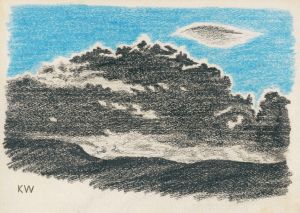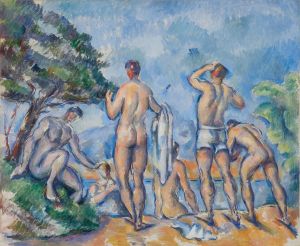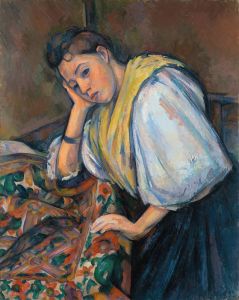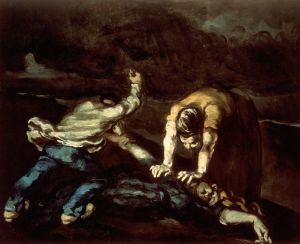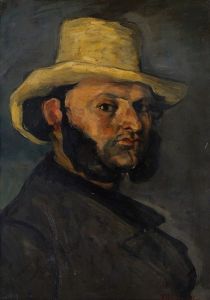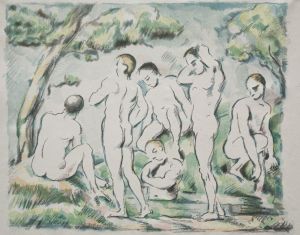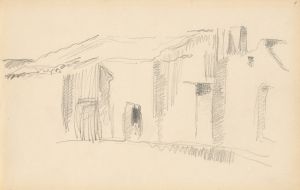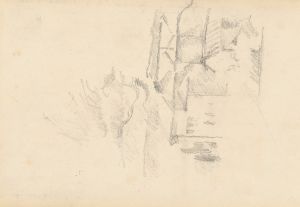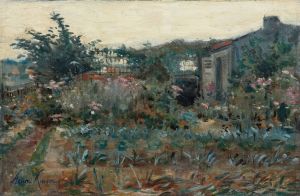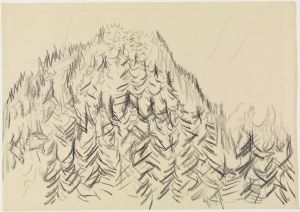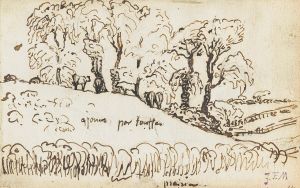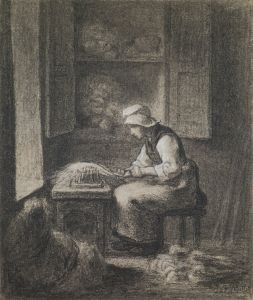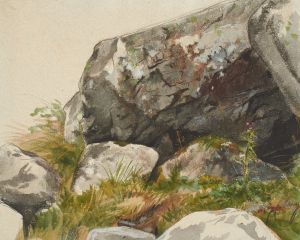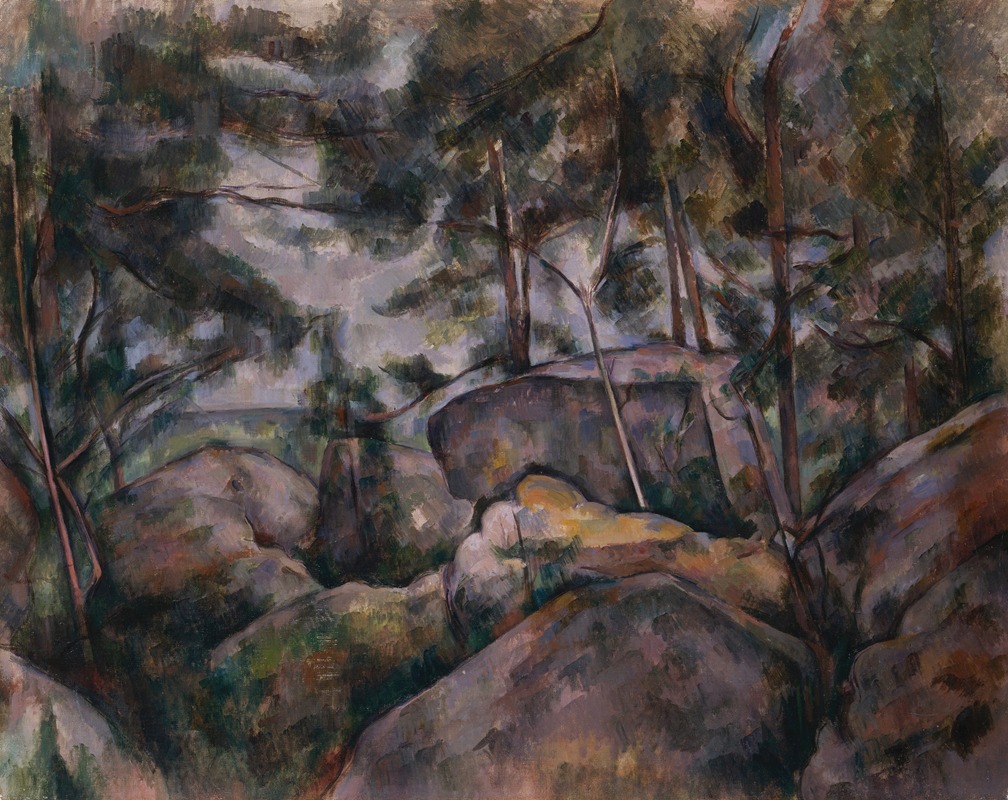
Rocks in the Forest
A hand-painted replica of Paul Cézanne’s masterpiece Rocks in the Forest, meticulously crafted by professional artists to capture the true essence of the original. Each piece is created with museum-quality canvas and rare mineral pigments, carefully painted by experienced artists with delicate brushstrokes and rich, layered colors to perfectly recreate the texture of the original artwork. Unlike machine-printed reproductions, this hand-painted version brings the painting to life, infused with the artist’s emotions and skill in every stroke. Whether for personal collection or home decoration, it instantly elevates the artistic atmosphere of any space.
"Rocks in the Forest" is a painting by the renowned French artist Paul Cézanne, who is often credited with laying the groundwork for the transition from 19th-century Impressionism to 20th-century Cubism. Cézanne's work is characterized by his innovative approach to form, color, and composition, which has had a profound influence on the development of modern art.
Cézanne was born on January 19, 1839, in Aix-en-Provence, France, and he spent much of his life in the Provence region. The landscape of Provence, with its rugged terrain and distinctive light, became a central theme in his work. "Rocks in the Forest" is one of many paintings in which Cézanne explored the natural environment of this area.
The painting depicts a forest scene dominated by large, imposing rocks. Cézanne's treatment of the landscape is notable for its emphasis on geometric forms and the interplay of light and shadow. He often used a palette of earthy tones, which can be seen in the depiction of the rocks and surrounding foliage. The brushwork is typically Cézanne, with visible strokes that build up the surface of the painting, creating a sense of depth and texture.
Cézanne's approach to painting was methodical and deliberate. He often worked slowly, building up layers of paint to achieve the desired effect. This technique is evident in "Rocks in the Forest," where the careful modulation of color and form creates a harmonious composition. Cézanne's use of color is particularly significant; he often juxtaposed warm and cool tones to create a sense of volume and structure.
"Rocks in the Forest" reflects Cézanne's interest in capturing the underlying structure of the natural world. Unlike the Impressionists, who focused on capturing fleeting moments and the effects of light, Cézanne sought to reveal the enduring qualities of the landscape. His work is characterized by a sense of stability and permanence, achieved through his careful attention to form and composition.
Cézanne's influence on later artists cannot be overstated. His exploration of geometric simplification and optical phenomena inspired many 20th-century artists, including Pablo Picasso and Georges Braque, who developed Cubism. Cézanne's work also had a significant impact on the development of Fauvism and Abstract Expressionism.
"Rocks in the Forest" exemplifies Cézanne's innovative approach to landscape painting. It is a testament to his ability to transform the natural world into a structured, harmonious composition that transcends mere representation. The painting remains an important work in the history of art, illustrating Cézanne's pivotal role in the evolution of modern painting.





